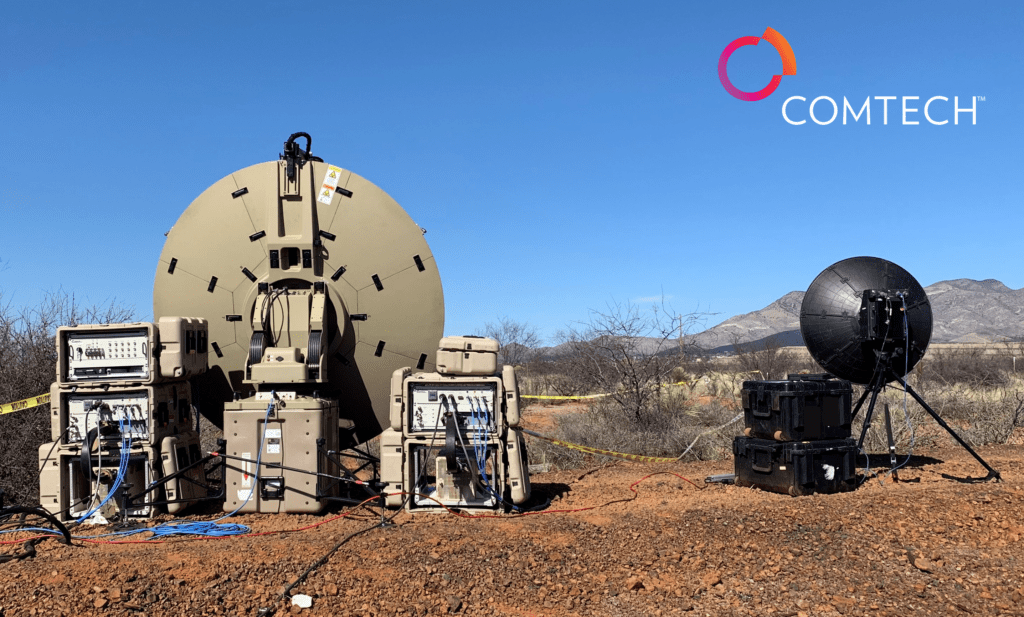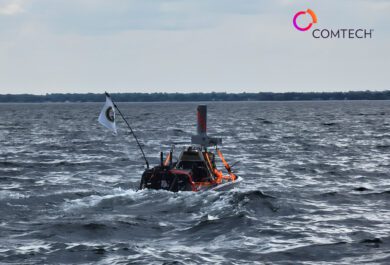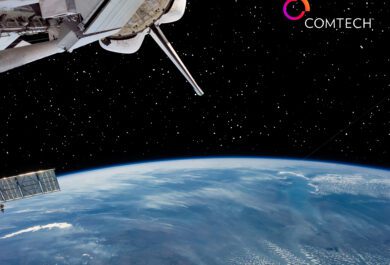Operations in Contested/Congested Satellite Environments
Intro
In our increasingly interconnected world, satellite communications have become a cornerstone of modern communication networks, enabling global connectivity for everything from connecting rural communities to navigation and surveillance. However, according to US Space Command (August 31, 2023), as the demand for satellite bandwidth grows and more actors enter the space arena, the once-uncongested satellite environment is becoming increasingly contested. The contention poses significant challenges to traditional satellite communications systems, leading to exploration of alternative solutions. One such solution that has gained renewed attention is tropospheric scatter, or Troposcatter, communications.
Contested Satellite Environment
Satellite communication has long been favored for its ability to provide wide coverage and high bandwidth connectivity across vast distances. This advantage, however, according to the European Space Agency (April 21, 2022), has led to an overcrowded space environment. A similar finding by the Union of Concerned Scientists (January 1, 2023), indicates that governments, militaries, and corporations, are launching more satellites into orbit, resulting in increased competition for radio frequency (RF) spectrum and potential interference issues. Moreover, the emergence of anti-satellite technologies and rapid evolution of satellite-targeted cyber threats have raised concerns about the reliability and security of traditional satellite communications systems.
Understanding Troposcatter Communication
Troposcatter communications is a technology that leverages the scattering of radio waves in the Earth’s troposphere – the lower portion of the atmosphere – to establish communications links over distances beyond the radio horizon or beyond line of site (BLOS). Today, modern Troposcatter technologies send signals towards the troposphere, where they interact with atmospheric particles and scatter in various directions. A receiver located within the scatter region can pick up the signal enabling robust, resilient, and secure communications between the transmitter and receiver.
Advantages in Contested Environments
Comtech’s next generation Troposcatter Family of Systems offer several advantages in contested satellite environments:
- Resistance to Jamming: Unlike traditional satellite signals that can be vulnerable to jamming or interference, Troposcatter signals are more resistant due to their reliance on atmospheric scattering. Attempts to jam a Troposcatter link would require jamming a significant portion of the Earth’s atmosphere, making such efforts impractical.
- Reduced Susceptibility to Cyberattacks: Troposcatter connections provide a smaller attack surface than broad area satellite beams, increasing the difficulty, cost, and complexity of launching a successful cyberattack. This inherent security advantage makes Troposcatter an attractive option for transmitting sensitive information.
- Distributed Architecture: Troposcatter technologies are designed with distributed architecture, enabling multiple relay stations to create a network that can adapt to changing conditions. This flexibility is particularly valuable in contested environments where fixed satellite infrastructure might be compromised.
- Lower Latency: Modern Troposcatter systems offer lower latency compared to satellite communications, as the signal does not have to travel all the way to space and back. This can be crucial for real-time applications like video conferencing or remote-control critical systems.
- Spectrum Efficiency: As spectrum becomes a limited resource in contested environments, Troposcatter can make more efficient use of available frequency bands, potentially mitigating spectrum congestion.

Comtech’s Troposcatter Family of Systems
Comtech’s portfolio of defense and security technologies, including the company’s Troposcatter FoS, are uniquely positioned to deliver capabilities that will enhance Combined Joint All Domain Command and Control (CJADC2) operations. The company has extensive experience developing and deploying customized, interoperable, robust, and resilient communications systems for all branches of the DOD and coalition forces. Comtech’s expansive portfolio of defense and security technologies is designed to continuously evolve over time to meet emerging Command, Control, Computers, Communications, Cyber, Intelligence, Surveillance and Reconnaissance (C5ISR) use cases and enhance mission effectiveness in future all domain command and control operations.
This article is the fifth in a series that will focus on important Troposcatter use cases including: Relay Link Replacement, Troposcatter Communications on the Move, Obstructed Line of Sight Communications, Operations in Contested/Congested Satellite Environments, and Extension of Services.
Comtech’s Troposcatter FoS meets the CJADC2 communication needs. Contact a Comtech representative at contact us, to discuss how Comtech’s Troposcatter FoS can increase the efficiency and effectiveness of your organization
Troposcatter Family of Systemsの詳細は以下をご覧ください。
1. Introduction


